
Augusto Giacometti’s hidden treasure
A historic wall painting by Swiss artist Augusto Giacometti in Zurich’s old stock market has been hidden behind projection screens and curtains for years. Experts and the public have criticised renovations of the landmark building for showing a lack of respect.
Augusto Giacometti (1877-1947) – the lesser-known Giacometti and older cousin of world-famous Alberto – was commissioned in 1931 by Tiefengrund, a corporation founded by the Zurich Chamber of Commerce and canton Zurich to construct and manage the building.
The idea of the 18-metre-wide mural was to express world trade in an increasingly globalised economy, as part of an ambitious new Swiss stock market. The result was a gigantic world map. Technically, it was quite a feat: the surface of 154 square metres – over a wall and around doors – was completed in three-and-a-half months.
Giacometti used egg tempera for paint, following a formula attributed to Swiss artist Arnold Böcklin (1827-1901) and passed to him as a trade secret. Giacometti needed several hundred eggs to cover the wall.
Strong fading
The stock exchange was listed as a historical monument in 1992, including the interior and facade – and thus Giacometti’s painting too. However, as the Neue Zürcher Zeitung recently remarked, “the preservation of monuments has no influence on the use of the protected area”.
That means the “building substance” must be preserved, but not necessarily made visible. The mural’s condition was already questioned 30 years ago by Giacometti expert Beat Stutzer, who noted a strong fading of colour. The hall is now a popular location for events, with capacity for over 750 people.
The reputation of Augusto Giacometti, who was highly appreciated during his lifetime, has also faded from public memory, although many of his works are still conserved in several spots throughout Zurich. These include the “Blüemlihalle” in the entrance hall of the Amtshaus I (which houses the police headquarters) and the windows of Zurich’s two cathedrals Grossmünster and Fraumünster (the latter also displaying windows painted by Marc Chagall).
















![The four-metre-long painting "Sonntag der Bergbauern" [Sunday of the Mountain Farmers, 1923-24/26] had to be removed by a crane from the German Chancellery in Berlin for the exhibition in Bern.](https://www.swissinfo.ch/content/wp-content/uploads/sites/13/2025/12/01_Pressebild_KirchnerxKirchner.jpg?ver=cb688ed5)















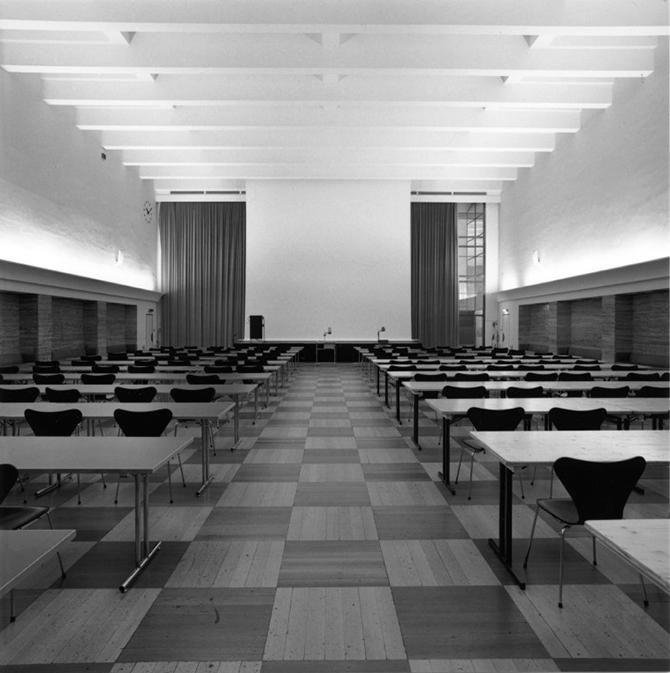

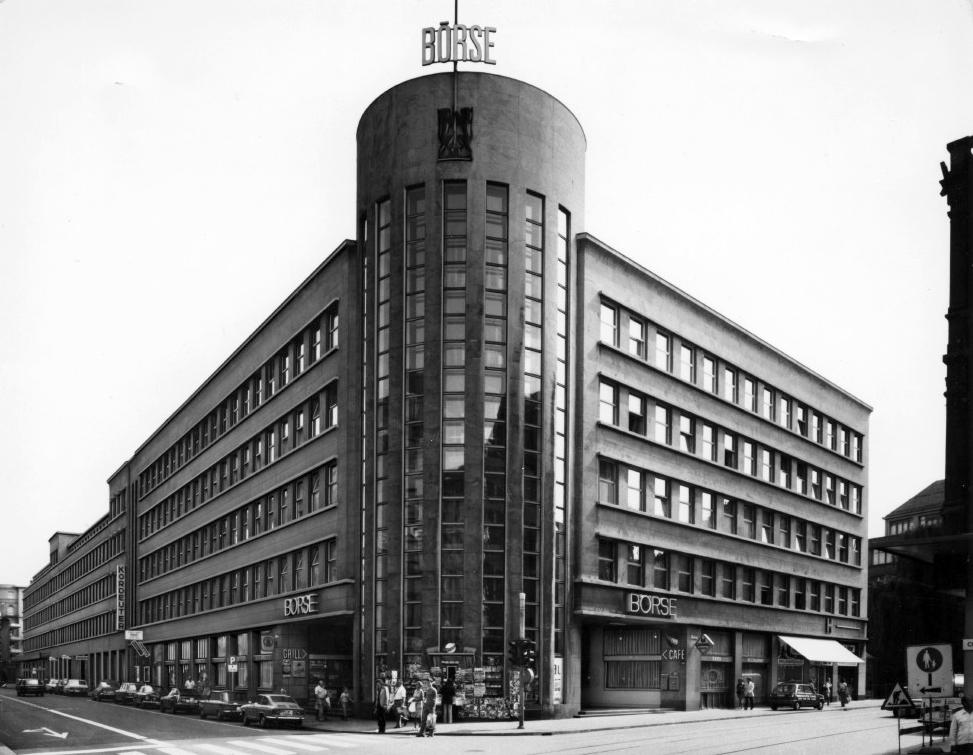
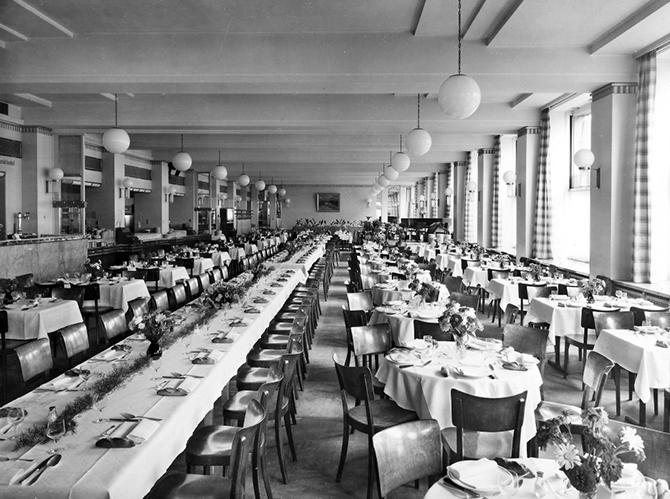
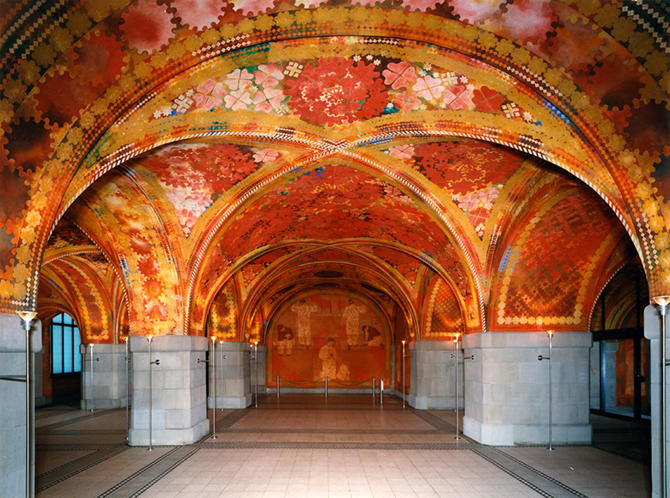

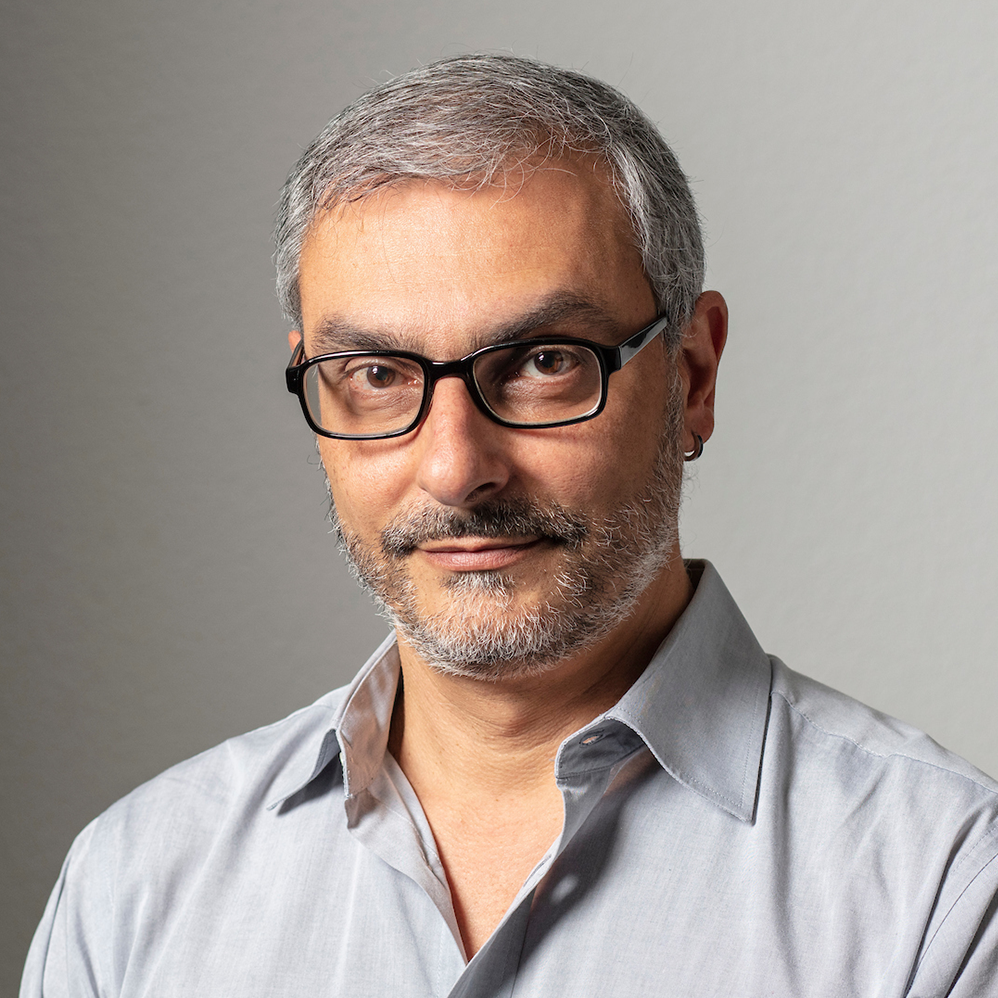
You can find an overview of ongoing debates with our journalists here . Please join us!
If you want to start a conversation about a topic raised in this article or want to report factual errors, email us at english@swissinfo.ch.